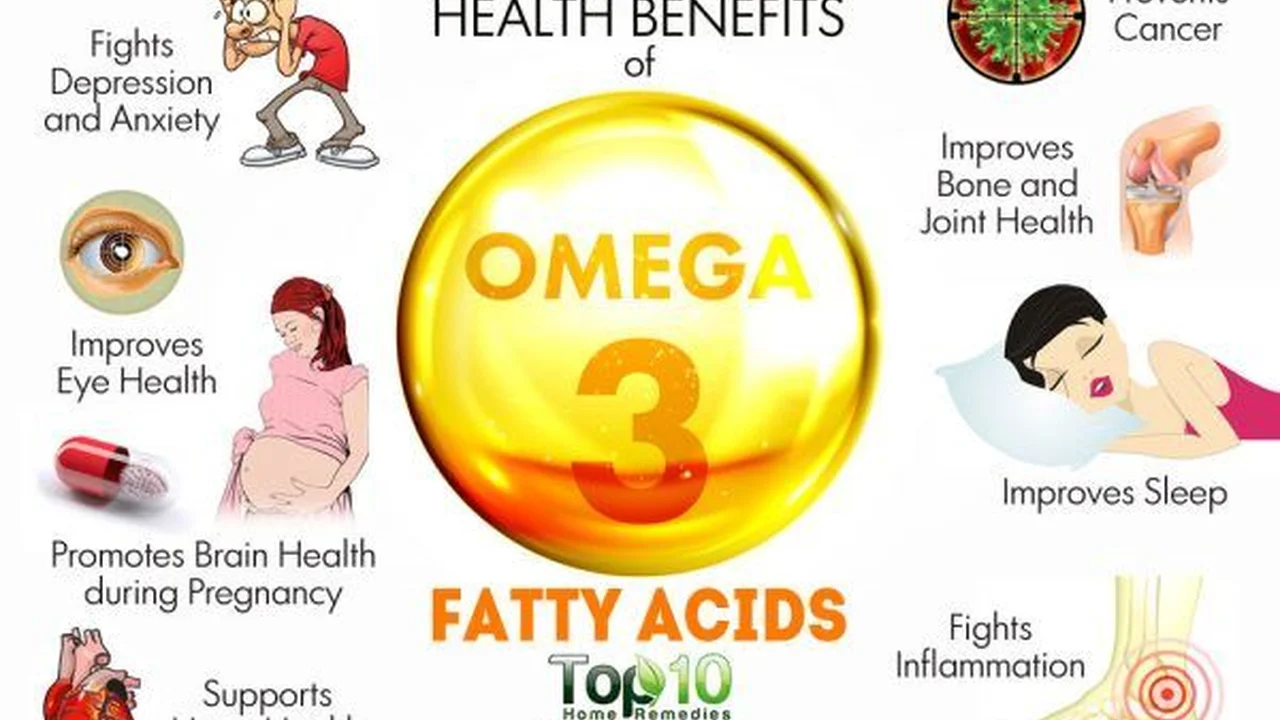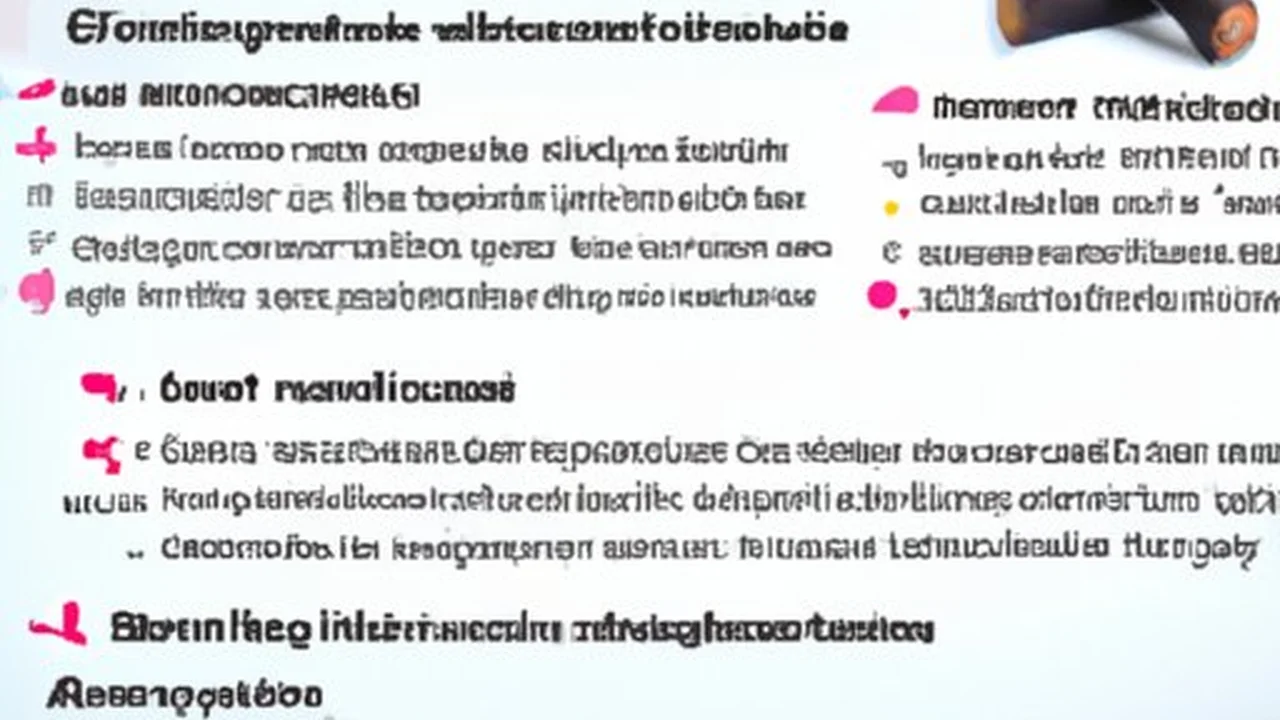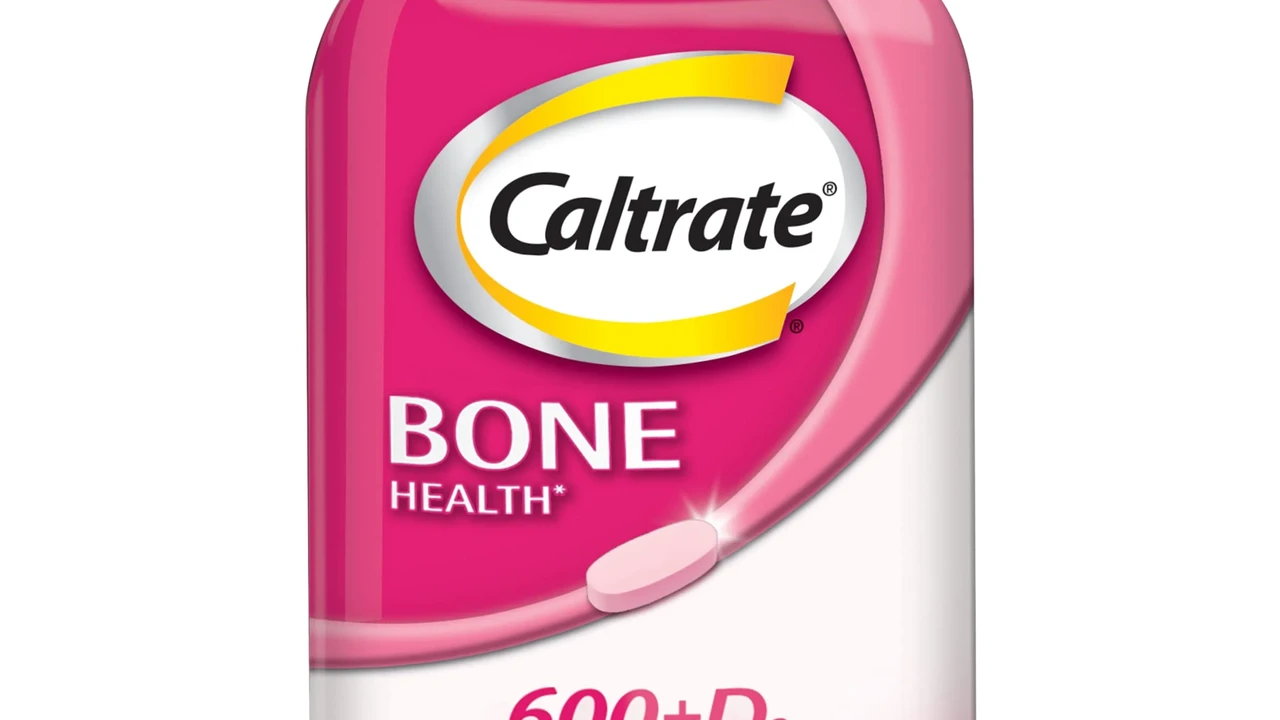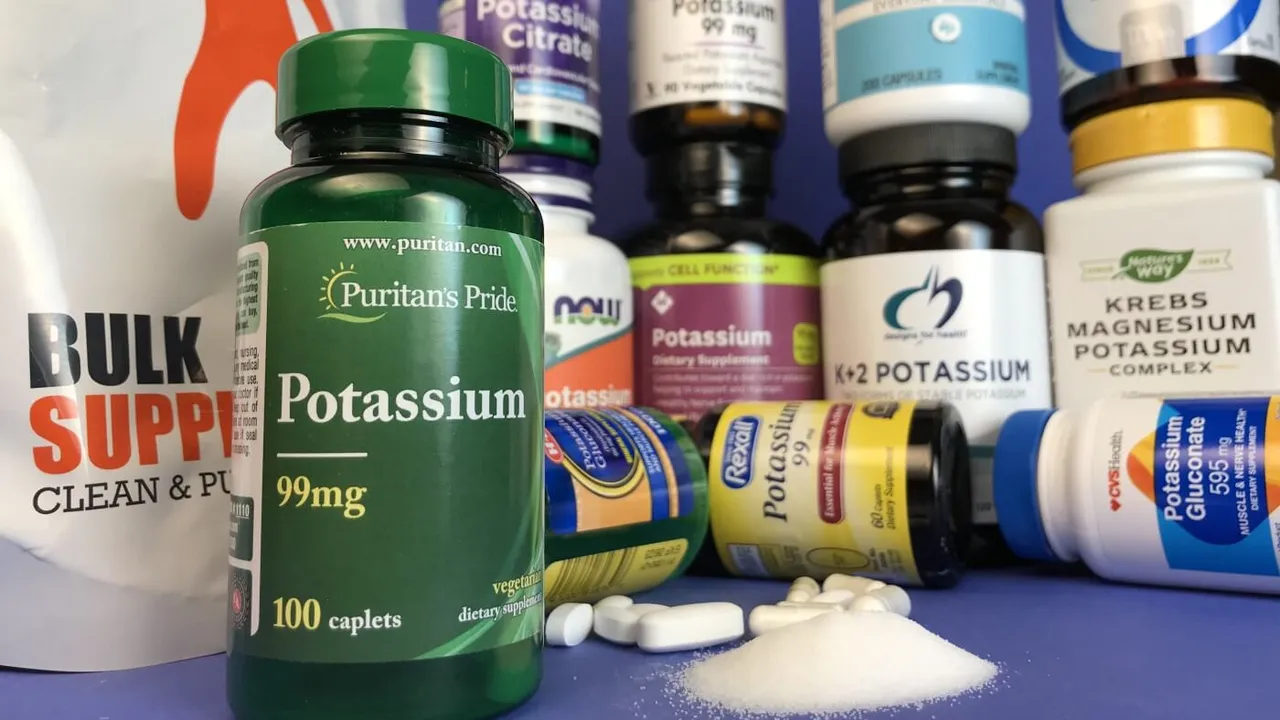Omega-3 Supplements: Benefits for Skin Health
Normal text: Looking for the best pea protein powder? This guide explores the benefits, compares top brands, and helps you choose the perfect one for your needs.

H2 What is Pea Protein and Why Choose It? Understanding Pea Protein Benefits
Pea protein is a plant-based protein derived from yellow split peas. It's become incredibly popular as a vegan and vegetarian alternative to whey, soy, and other animal-based protein sources. So, why should you consider making the switch to pea protein?
First and foremost, it's a complete protein. While some plant-based proteins are lacking in certain essential amino acids, pea protein contains all nine that your body can't produce on its own. These amino acids are crucial for muscle repair, growth, and overall bodily function. This makes pea protein a solid choice for athletes, fitness enthusiasts, and anyone looking to increase their protein intake.
Another key benefit is its digestibility. Pea protein is generally easier on the stomach than whey protein, which can cause bloating, gas, and digestive discomfort for some individuals. It's naturally gluten-free and dairy-free, making it suitable for people with sensitivities or allergies to these common ingredients.
Beyond its complete amino acid profile and digestibility, pea protein is also a sustainable and environmentally friendly option. It requires less land and water to produce compared to animal-based protein sources, making it a greener choice for conscious consumers.
H2 Key Considerations When Choosing a Pea Protein Powder: Factors to Consider Before Buying
With so many pea protein powders on the market, it can be overwhelming to choose the right one. Here are some key factors to consider to ensure you're getting a high-quality product that meets your specific needs:
- Protein Content: Check the label for the amount of protein per serving. Aim for a powder that provides at least 20 grams of protein per serving to support muscle growth and recovery.
- Ingredients List: Keep it simple! The best pea protein powders will have minimal ingredients. Ideally, it should just be pea protein and maybe a natural sweetener or flavoring. Avoid powders with artificial sweeteners, colors, or fillers.
- Taste and Texture: Pea protein can have a slightly earthy or beany taste. Some brands do a better job of masking this flavor with natural sweeteners and flavorings. Read reviews to get an idea of the taste and texture before you buy.
- Third-Party Testing: Look for powders that have been tested by a third-party organization like NSF International or Informed-Sport. This ensures that the product is free from contaminants and accurately labeled.
- Cost Per Serving: Pea protein powders can vary in price. Calculate the cost per serving to compare different brands and find the best value for your money.
H2 Top Pea Protein Powder Brands: Product Recommendations and Comparisons
Now that you know what to look for, let's dive into some of the top pea protein powder brands available. Here's a comparison of a few popular options, highlighting their key features, taste, and price:
H3 Naked Pea Protein: Unflavored and Pure Pea Protein
Description: Naked Nutrition's Naked Pea Protein is known for its simplicity and purity. It contains only one ingredient: yellow pea protein isolate. It's unflavored, unsweetened, and contains no additives.
Pros: Very pure, high in protein, minimal ingredients, great for adding to smoothies or baking where you don't want a strong flavor.
Cons: The unflavored taste can be a bit strong for some people to drink on its own with water.
Typical Use Case: Adding to smoothies, protein shakes, or baked goods to boost protein content without altering the flavor profile too much.
Price: Approximately $50 for a 5-pound tub.
H3 NOW Sports Pea Protein: Budget-Friendly and Reliable Option
Description: NOW Sports Pea Protein is a more budget-friendly option that still delivers a good amount of protein per serving. It's also unflavored and non-GMO.
Pros: Affordable, good protein content, unflavored, non-GMO.
Cons: Similar to Naked Pea, the taste can be noticeable when mixed with just water. Some users find it slightly gritty.
Typical Use Case: Protein shakes, smoothies, or adding to oatmeal for a quick protein boost.
Price: Around $30 for a 2-pound container.
H3 Orgain Organic Vegan Protein Powder: Enhanced Flavor and Blend
Description: Orgain Organic Vegan Protein Powder is a blend of pea protein, brown rice protein, and chia seeds. It's available in various flavors like Chocolate Fudge and Vanilla Bean. It's also organic and gluten-free.
Pros: Better taste than unflavored options, organic, includes a blend of plant-based proteins, added fiber from chia seeds.
Cons: Slightly lower protein content per serving compared to pure pea protein isolates, contains more ingredients.
Typical Use Case: Enjoying as a protein shake after workouts or as a meal replacement.
Price: Approximately $35 for a 2-pound container.
H3 Garden of Life Sport Organic Plant-Based Protein: High-Performance Blend with Added Nutrients
Description: Garden of Life Sport Organic Plant-Based Protein is designed for athletes and active individuals. It's a blend of pea protein, navy bean, lentil bean, cranberry seed, and sunflower seed. It also includes added probiotics and enzymes for digestion.
Pros: High in protein, organic, contains a variety of plant-based proteins, added probiotics and enzymes for digestion, Informed-Sport certified.
Cons: More expensive than other options, the taste can be a bit strong for some people.
Typical Use Case: Post-workout recovery, supporting muscle growth and performance for athletes.
Price: Around $45 for a 1.5-pound container.
H2 Using Pea Protein Powder: Recipes and Tips for Optimal Consumption
Once you've chosen your pea protein powder, it's time to start incorporating it into your diet. Here are some ideas and tips for optimal consumption:
- Smoothies: This is the most popular way to use pea protein powder. Combine it with fruits, vegetables, nut butter, and plant-based milk for a nutritious and delicious smoothie.
- Protein Shakes: Mix pea protein powder with water or plant-based milk for a quick and easy protein shake after workouts.
- Baking: Add pea protein powder to muffins, pancakes, or other baked goods to increase their protein content.
- Oatmeal: Stir pea protein powder into your morning oatmeal for a filling and protein-packed breakfast.
- Energy Balls: Combine pea protein powder with dates, nuts, and other ingredients to make homemade energy balls.
Tips for Better Taste:
- Use Flavored Options: If you don't like the taste of unflavored pea protein, opt for a flavored option like chocolate or vanilla.
- Add Strong Flavors: Mask the taste of pea protein by adding strong flavors like cocoa powder, cinnamon, or peanut butter to your recipes.
- Blend with Frozen Fruit: Frozen fruit can help to thicken smoothies and mask the taste of pea protein.
H2 Pea Protein vs Other Protein Powders: A Comparative Analysis
How does pea protein stack up against other popular protein powders? Here's a quick comparison:
- Pea Protein vs. Whey Protein: Whey protein is a complete protein derived from dairy. It's generally more readily available and has a slightly better taste and texture than pea protein. However, pea protein is a great alternative for those with dairy allergies or sensitivities.
- Pea Protein vs. Soy Protein: Soy protein is another complete plant-based protein. It's often cheaper than pea protein but may be an allergen for some individuals. Pea protein is also lower in phytoestrogens compared to soy protein.
- Pea Protein vs. Brown Rice Protein: Brown rice protein is a good source of protein but is not a complete protein on its own. It's often blended with other plant-based proteins like pea protein to create a more complete amino acid profile.
- Pea Protein vs. Hemp Protein: Hemp protein is a good source of protein and fiber. It's not a complete protein but contains all nine essential amino acids in smaller amounts.
H2 Potential Side Effects of Pea Protein: What to Watch Out For
Pea protein is generally well-tolerated, but some people may experience minor side effects, such as:
- Bloating and Gas: This is more common with unflavored pea protein, especially if consumed in large amounts.
- Digestive Discomfort: Some people may experience mild digestive discomfort, such as nausea or diarrhea.
- Allergic Reactions: Although rare, allergic reactions to pea protein are possible.
If you experience any of these side effects, try reducing your intake or switching to a different brand of pea protein powder.
H2 Final Thoughts on Choosing the Best Pea Protein Powder
Pea protein is a versatile and nutritious plant-based protein source that can be a valuable addition to your diet. By considering the factors discussed in this guide and experimenting with different brands and recipes, you can find the perfect pea protein powder to meet your individual needs and preferences. Remember to prioritize quality, taste, and ingredients to make the most of this powerful plant-based protein!
:max_bytes(150000):strip_icc()/277019-baked-pork-chops-with-cream-of-mushroom-soup-DDMFS-beauty-4x3-BG-7505-5762b731cf30447d9cbbbbbf387beafa.jpg)






